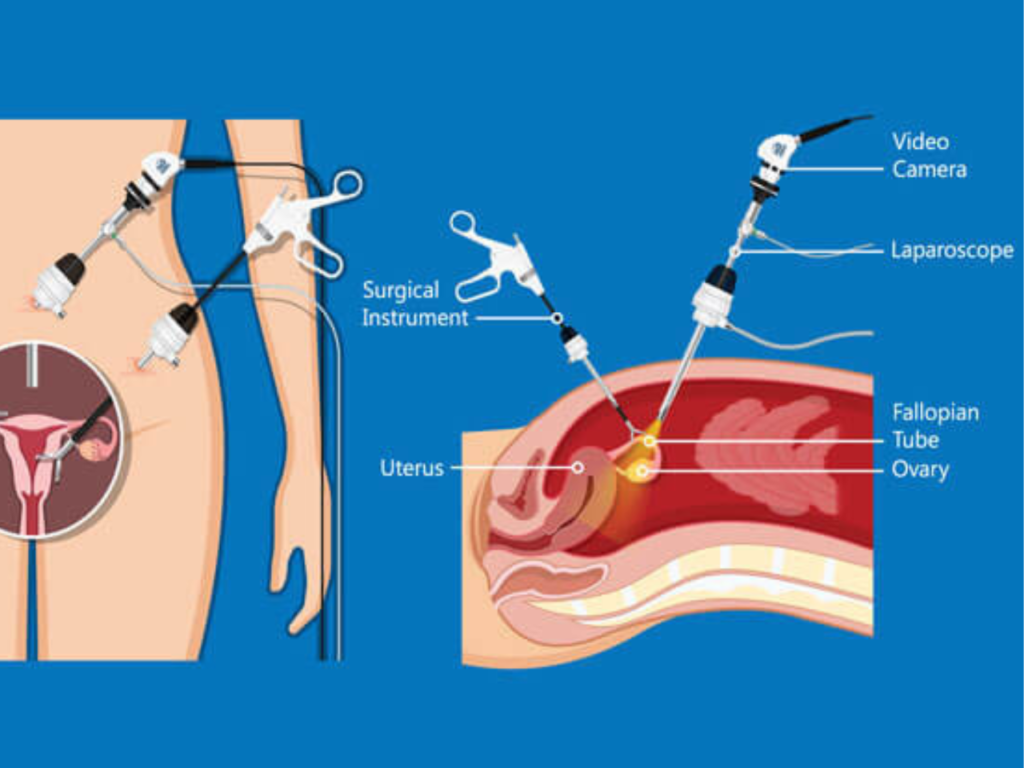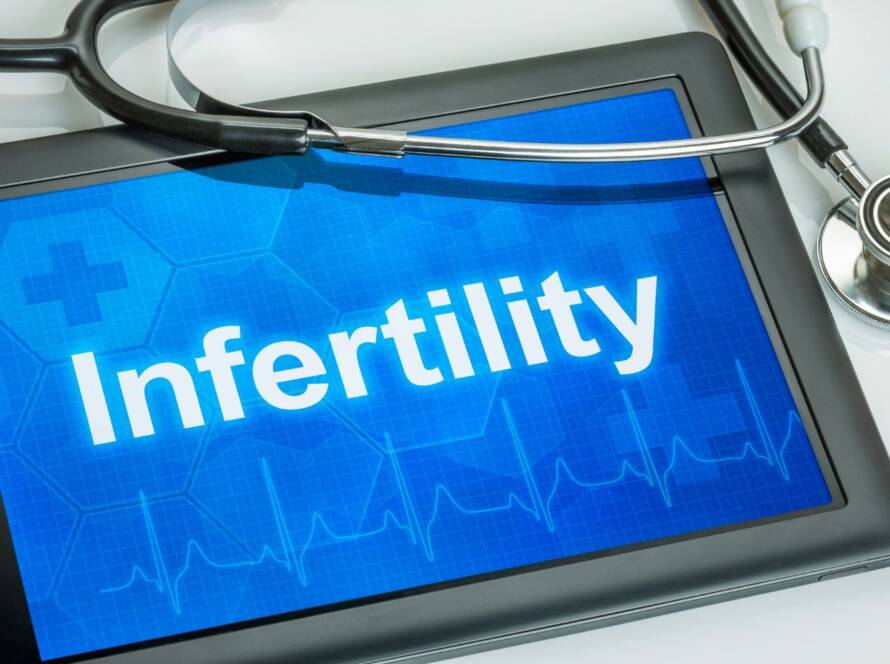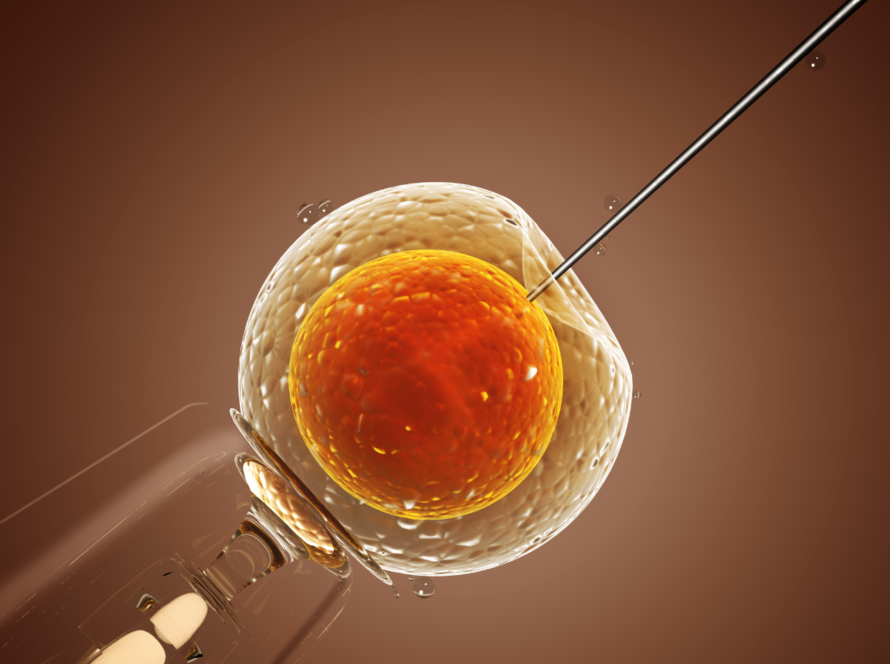What Is Laparoscopic Cystectomy
Laparoscopic Cystectomy is a minimally invasive surgical procedure to remove ovarian cysts while preserving the ovary. Ovarian cysts are fluid-filled sacs that can develop inside or on the surface of the ovaries. While some cysts resolve naturally, others may grow larger, cause pain, affect fertility, or become cancerous, requiring surgical removal.
Laparoscopic cystectomy is preferred over traditional open surgery because it involves small incisions, faster recovery, and minimal scarring.
Why Is Laparoscopic Cystectomy Needed
This procedure is recommended for women with:
- Large or persistent ovarian cysts that do not go away naturally.
- Cysts causing pain, bloating, or discomfort.
- Endometriomas (chocolate cysts) linked to endometriosis.
- Dermoid cysts, which may contain tissues like hair or teeth.
- Cysts affecting fertility or interfering with ovulation.
- Cysts suspected to be cancerous based on imaging tests.
- Removing problematic cysts helps prevent complications such as ovarian torsion (twisting), rupture, or severe pelvic pain.

Step-by-Step Procedure of Laparoscopic Cystectomy
1. Pre-Surgery Evaluation
Doctors perform ultrasound, MRI, or blood tests (CA-125) to assess the cyst.
Patients are advised to fast and stop certain medications before surgery.
2. Anesthesia Administration
The procedure is done under general anesthesia.
3. Laparoscopic Surgery
- Small incisions (5-10mm) are made in the abdomen.
- A laparoscope (a thin tube with a camera) is inserted to guide the procedure.
- Specialized instruments are used to carefully remove the cyst while
- preserving healthy ovarian tissue.
- The incisions are closed with dissolvable stitches.
4. Recovery and Follow-Up
- Most patients go home the same day or within 24 hours.
- Recovery takes about 1-2 weeks, with minimal discomfort.
- A follow-up check ensures proper healing and no cyst recurrence.
Benefits of Laparoscopic Cystectomy
- Minimally Invasive – Small incisions mean less pain and faster healing.
- Preserves Fertility – The ovary remains intact, allowing normal function.
- Short Recovery Time – Most women resume daily activities within a week.
- Lower Risk of Scarring – Compared to traditional open surgery.
- Effective Pain Relief – Removes the source of discomfort and bloating.
Who Should Consider Laparoscopic Cystectomy
- Women experiencing severe pelvic pain or bloating due to ovarian cysts.
- Those diagnosed with endometriomas or dermoid cysts.
- Patients with fertility issues caused by ovarian cysts.
- Women whose cysts continue growing despite medical treatment.
- Mild Cramps or Spotting – Common after surgery, but resolves quickly.
- Infection Risk – Rare, but can be managed with antibiotics.
- Ovarian Damage – Uncommon, as surgeons aim to preserve ovarian tissue.
- Cyst Recurrence – Some types of cysts may reappear over time.
Temporary Activity - Restrictions – Doctors may advise avoiding heavy lifting or strenuous activities for a few weeks.
FAQs
Most women recover within 1-2 weeks, with full healing in about 4 weeks.
Yes, some types of cysts may recur, especially in women with conditions like PCOS or endometriosis.
The procedure is done under anesthesia, and post-operative pain is mild and manageable.
No, in most cases, the procedure preserves ovarian function and improves fertility.
If you have persistent pelvic pain, bloating, irregular periods, or trouble conceiving, consult your doctor for an evaluation.
Conclusion:
Laparoscopic cystectomy is a safe and effective procedure for women struggling with painful or problematic ovarian cysts. With minimal downtime and excellent outcomes, this surgery helps restore reproductive health and improve overall well-being. If you’re experiencing ovarian cyst symptoms, consult a fertility specialist to determine if this procedure is right for you.



